From hot pink to pastels, vibrant hair colors are all the rage lately. But you’re not alone if you’ve got a few nagging questions about hair dye. You know the ones: the suspicions we all have but are too afraid to Google and go down the rabbit hole.
What exactly is hair dye made of? Does my hair hate me for using it? Is this stuff toxic to inhale or put on my skin?
As a member of the hair-dyed masses myself, I can relate. That’s why I couldn’t help but be intrigued when I learned about this trend of dying your hair with food coloring. Could it be that the key to all kinds of cool hair colors has been lingering in your kitchen cabinet all along?
Before you head to the kitchen to lather your locks in a dye made for cupcakes, let’s take a closer look. Join me for a look into everything from conventional hair dyes to the pros and cons of food coloring hair dye.
Table of Contents
- Is Conventional Hair Dye Dangerous?
- Dangerous Toxins in Conventional Hair Dyes
- How Does Hair Dye Work?
- Can You Dye Your Hair with Food Coloring?
- How Long Does Food Coloring Hair Dye Last?
- What Kind of Food Coloring is Best?
- Is Dyeing Hair with Food Coloring Safe for Children?
- How To Dye Your Hair with Food Coloring
- 1. Prepare to make a bit of a mess
- 2. Mix your color
- 3. Apply the color
- 4. Wait for it
- 5. Wash and enjoy
- Other Options for Non-Toxic Hair Dye
Is Conventional Hair Dye Dangerous?
Whether you have your hair done by a professional or prefer the DIY route, the struggle is real when it comes to keeping roots at bay. Not only does dyed hair require a lot of upkeep, but it can also get expensive quickly.
Then there are the health concerns. Rumors connecting hair dye to an increased risk of cancer and other illnesses have been around for years. But what does science have to say about it? Unfortunately, the answer isn’t clear-cut either way. A recent study from Harvard attempted to put years of conflicting findings to rest but to no avail.
The problem is that there are so many factors that could go into causing cancer that it’s been hard to pinpoint a single common thread. Personally, however, I’m a huge advocate of doing your own research and would encourage you to look into the science for yourself.
Dangerous Toxins in Conventional Hair Dyes

Although research hasn’t been able to draw a clear and concise link between hair dye and cancer, there are definitely some ingredients that are commonly found in conventional hair dye that are known toxins. These include:
P-phenylenediamine (PPD)
This is often one of the primary coloring agents used in hair dyes and is a derivative of petroleum (which is your first indication that it might not be the healthiest thing!).
Coal tar dyes like PPD are exempt from FDA approval (why??), which is your second hint that it might be dangerous.
PPD itself is restricted for use in the E.U. It is associated with both short-term impacts like skin and eye irritation, and asthma, as well as more serious things like vertigo, convulsions, and coma at high concentrations.
It’s also a suspected endocrine disruptor, which means it can potentially lead to long-term sexual health and/or reproductive consequences.
Not only that, but PPD is also a skin sensitizer. That basically means the body can “remember” the chemical and develop an immune response in the future, leading to inflammatory or allergic reactions at a later date.
Lastly, PPD is also known to be very toxic to aquatic life and is also a suspected neurotoxin.
So if you are going to dye your hair with conventional colorants, you should definitely check the label for this ingredient first (and then maybe choose a different brand).
Toluene
Toluene is another common ingredient in hair dyes that is also commonly found in things like nail polish and nail polish remover, other types of paints and solvents, candles, and more. It’s a volatile organic compound, which means it can evaporate into the air at room temperature and contribute to your indoor air pollution.
Toluene is a solvent that can cause neurological damage, impaired breathing, hearing loss, brain dysfunction, and possible birth defects in pregnancies.
Resorcinol
This is another chemical that is linked to endocrine disruption.
Lead Acetate
This common hair dye ingredient is linked to neurotoxicity.
Methylisothiazolinone
This ingredient is a known skin allergen and a suspected neurotoxin. It is used as a preservative, which is important to percent things like mold and bacteria growth… But there are much safer preservatives available on the market.
Parabens
You’ve probably heard about parabens before, as their notoriety has become more well-known in recent years. This family of chemicals is known to be endocrine disrupting and can negatively affect fertility. They’re also known to cause allergies in some people and are under restricted use in the E.U.
Fragrance
This is one of the most annoying ingredients to everyone trying to get toxic chemicals out of their personal care products.
Because of a loophole in U.S. law, companies are still legally allowed to include nearly 4,000 different chemicals in their products under the umbrella term of “fragrance” or “parfum.” Many of these ingredients are perfectly safe, while others include endocrine disruptors, carcinogens, allergens, and more. The problem is that it’s impossible for you to know!
The good news about this is that these laws are starting to change with recent California legislation. But until we see more transparency across the country, we recommend that you avoid products with “fragrance” listed as an ingredient as much as you can. You can read more about this issue right here.
Home
What is the “Fragrance Loophole”? (How Toxic Chemicals HIDE In Products)
Are synthetic fragrances bad? What’s the difference between synthetic and natural fragrances? Learn all about the “fragrance loophole” and more.
Sooo as you can see, even though the verdict is technically “still out” on hair dye itself, the verdict is in on a lot of the commonly used hair dye ingredients, and it doesn’t look good.
How Does Hair Dye Work?
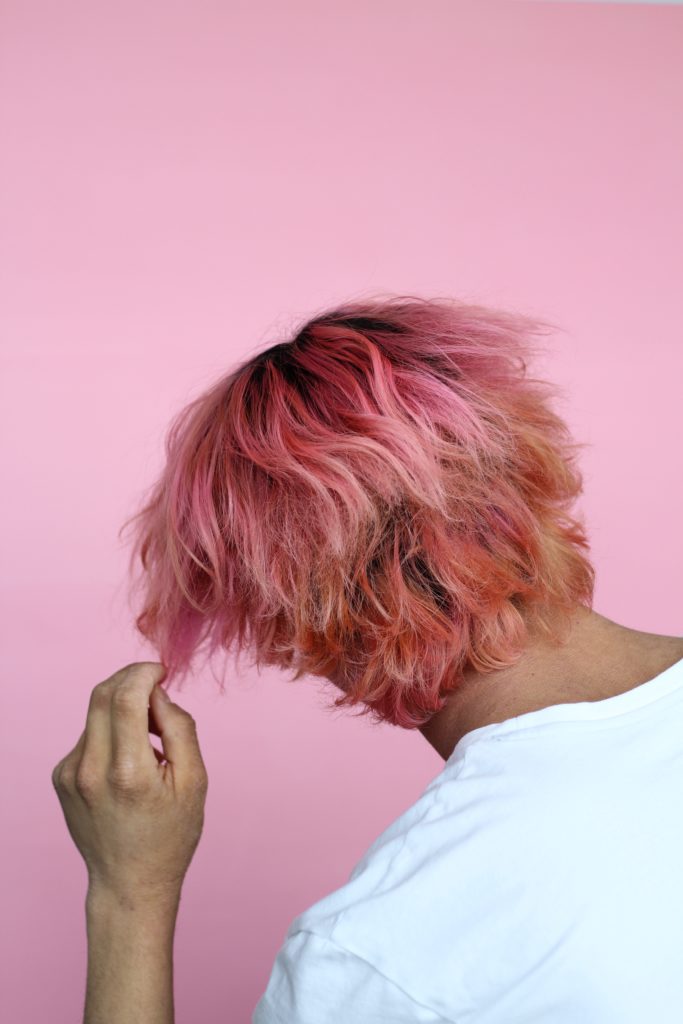
There are over 5,000 different chemicals are used in hair dye products, some of which are nastier than others. Serious and long-term health risks aside, many people who have gotten their hair dyed or dyed their hair (or someone else’s) have experienced more short-term effects like burning eyes or scalp irritation.
Then there’s your hair itself to consider. If you want to get technical, dying your hair generally involves some degree of hair damage due to the nature of how hair dye works.
The process usually begins with the use of a chemical like ammonia, which lifts the cuticle scales on the outside of each hair to allow the dye itself to get inside. If you’re bleaching your hair, hydrogen peroxide and sometimes persulfate salts are then introduced into the mix to render the melanin in your hair colorless.
It’s then that the dye molecules arrive at the party, react with the hydrogen peroxide and ammonia, and begin to create the desired shade. Last but not least, your hair cuticles have to be resealed, usually with the help of an acidic conditioner.
Needless to say, this is all a bit harsh for your hair!
Can You Dye Your Hair with Food Coloring?

If you’ve found yourself feeling a bit turned off by the chemicals in traditional hair dyes, you may be wondering if food coloring could be the solution? The short answer is “maybe.” When it comes to dying your hair with food dye, there’s good news and bad.
The first is that, while food coloring does work as hair dye, it really only works well on light-colored hair. If your hair is naturally light, then you should have no problem using it to transform your shade.
On the other hand, if your goal is to go from jet black to bright pink overnight, then food coloring may not be the solution for you unless you’re willing to bleach your hair first. The problem, of course, is that if you’re looking to cut out the use of chemicals, then the bleaching prerequisite kind of defeats the point. That said, if your goal is more to find a dye alternative that’s cheap and easy, then stay with me.
The other consideration you’ll want to keep in mind is that using food coloring to dye your hair is not for those going for the natural look. While food coloring comes in a variety of different colors, “ash blonde” and “subtle auburn” don’t tend to be among them. It’s more the kind of thing you’ll want to try if you want a bolder hair color.
How Long Does Food Coloring Hair Dye Last?
Depending on the application technique you use, food coloring hair dye can last anywhere from a few days to a few weeks. If you love trying out different hair colors, then using food coloring is a cheap and easy way to do it while avoiding traditional hair dye products altogether.
It’s worth noting that you can also achieve a more semi-permanent solution with food coloring, but only if you’re willing to concede to the use of a developer. Using a developer can extend your color for a few weeks, but may not be the ideal solution if you want to avoid chemical products completely.
What Kind of Food Coloring is Best?
One thing that’s important to note, is that not all food coloring is created equal. While vegetable-based food coloring may be great if you intend to eat it, it’s reportedly not the best choice when it comes to hair dye.
Most other regular or gel food colorings should do the trick. One more thing before we launch into how to dye your hair with food coloring.
If this is your first time trying this handy DIY hair dye trick, it may be worth it to you to do a test run. Got any split ends in need of a trim? If so, it’s not a bad idea to use a stray lock of hair or two as test subjects before you cover your head in anything that’s going to change your hair color.
This will give you a good idea of the color your hair will actually turn out and allow you to make any adjustments before you take the plunge. Like many DIY solutions, dying your hair with food coloring isn’t an exact science, so it can be a little harder to predict the exact shade you’ll end up with.
Is Dyeing Hair with Food Coloring Safe for Children?

We talked about all of the potentially toxic chemicals in conventional hair dyes, but we should talk a moment about food coloring, too.
Food coloring is definitely safer than conventional hair dyes. There are generally a lot fewer ingredients involved (and therefore fewer problematic ones!) and since it’s a food product, it’s more regulated by the FDA.
That being said, parents should be aware of the fact that food dyes aren’t without their own problems. Many of them are linked to things like hypersensitivity, allergic reactions, genotoxicity, and carcinogenic contamination.
Somewhat ironically, Red 3 specifically is recognized as a carcinogen by the FDA and banned in cosmetics, but is still allowed for use in foods!
One of the biggest problems when it comes to artificial dyes is that there just isn’t enough research that’s been done yet. So for now, this is really up to the individual’s discretion.
How To Dye Your Hair with Food Coloring
Alright, now that you’ve got the full rundown about the pros and cons of conventional hair dyes and food coloring, let’s talk about how to actually go about coloring your hair!
First things first. Before you begin, you’ll want to gather the following materials:
- A non-toxic petroleum jelly alternative
- Gloves
- The food coloring itself
- A brush, comb, and/or toothbrush
- An old towel and/or an old t-shirt
- Aluminum foil
- Shower cap
- A hairdryer (optional)
- Conditioner (optional)
As I mentioned earlier, there’s no authoritative manual on how to dye your hair with food coloring. Throughout my research, I came across a couple of variations, which I’ll mention as we go along. Overall, however, this seems to be how it’s done:
1. Prepare to make a bit of a mess
Keep in mind that food coloring is basically a stain and it takes its job pretty seriously. That’s why you’ll want to take precautions to make sure your hair doesn’t end up matching your forehead, hands, and shoulders.
That’s where the t-shirt, towel, gloves, and petroleum jelly alternative come in. Outfit yourself in old clothes you don’t mind getting dye all over and drape the towel over your shoulders. Coat your face, neck, forehead, and any other exposed skin with the kelly so that the dye won’t stick to it.
Depending on where you plan to do your dye job, you may also want to lay down some newspaper on any areas where the food coloring might accidentally drip.
Last but not least, glove up.
2. Mix your color
Now it’s time to mix your food colors in a mixing bowl. Some people prefer to use one color alone, while others mix a few together to make a custom color. Either way, the darker the color, the better, because food coloring tends to fade once it’s actually applied.
At this point, some people recommend mixing the food coloring with a hair conditioner. The idea is that it’s supposed to be nourishing for your hair and can help you achieve a lighter tint if you’re going for more of a pastel look. Others recommend just using the food coloring alone. This is where it may be a good idea to experiment on “test strands” of hair if you’re not sure which way to go.
*If you want to go for a semi-permanent color, then replace the conditioner with a developer in this step.
3. Apply the color
If you want to dye a single strand of hair, use a toothbrush or your gloved hands to apply the mixture you just created to the selected strand. Once the mixture is applied, wrap the strand in aluminum foil.
If you want to go all-in, separate your hair into strands and apply the mixture evenly to each using a comb, brush, or your gloved hands. Once done, pile all of your hair atop your head and put it beneath a shower cap.
4. Wait for it
Here’s another point at which various articles diverge. Some ladies (especially blondes) report that the color took hold in as little as 5 – 10 minutes, especially when they ran a hairdryer over it. Others reported leaving the mixture in for up to 2 hours.
In all likelihood, how long you should leave the mixture in will depend on how dark your hair is and how deep you want the color to be. Make sure to take a peek beneath the cap every so often to check how things are going.
5. Wash and enjoy
Once you’ve achieved the desired color, wash the rest of the mixture out of your hair thoroughly. Just don’t go too crazy if you’re going for a brighter look, because the coloring will fade with each wash.
That’s it! I hope this has been helpful in giving you the low-down on the new food coloring hair dye craze and wish you the best of luck if you decide to try it out!
Other Options for Non-Toxic Hair Dye
If you’ve decided that you don’t want to go the food coloring route or it just won’t work well for you because you have darker hair, we’ve got a few other options for you for non-toxic hair dye.
Hairprint

Rather than a dye, Hairprint actually restores the melanin back to your hair, so it’s a great option for those who have gone gray or for those who have dyed their hair a lot and want to get their natural color back.
It’s actually completely dye-free, non-toxic, and safe for every hair type and every gender. It’s actually MADE SAFE certified, too, which is one of the most strict certifications when it comes to safe ingredients!
Organic Hair Dye from Radico

This is another brand that is not only MADE SAFE certified but also carries labels from USDA organic and ECOCERT.
Whether you want blonde hair, red hair, dark black hair, or another natural shade, Radico has over 20 different shades of safe, non-toxic hair dye to choose from.
Dye time is about one hour (with one day for it to fully set) and then the color lasts about 30 days.
Kids Temporary Hair Chalk from Fresh Monster
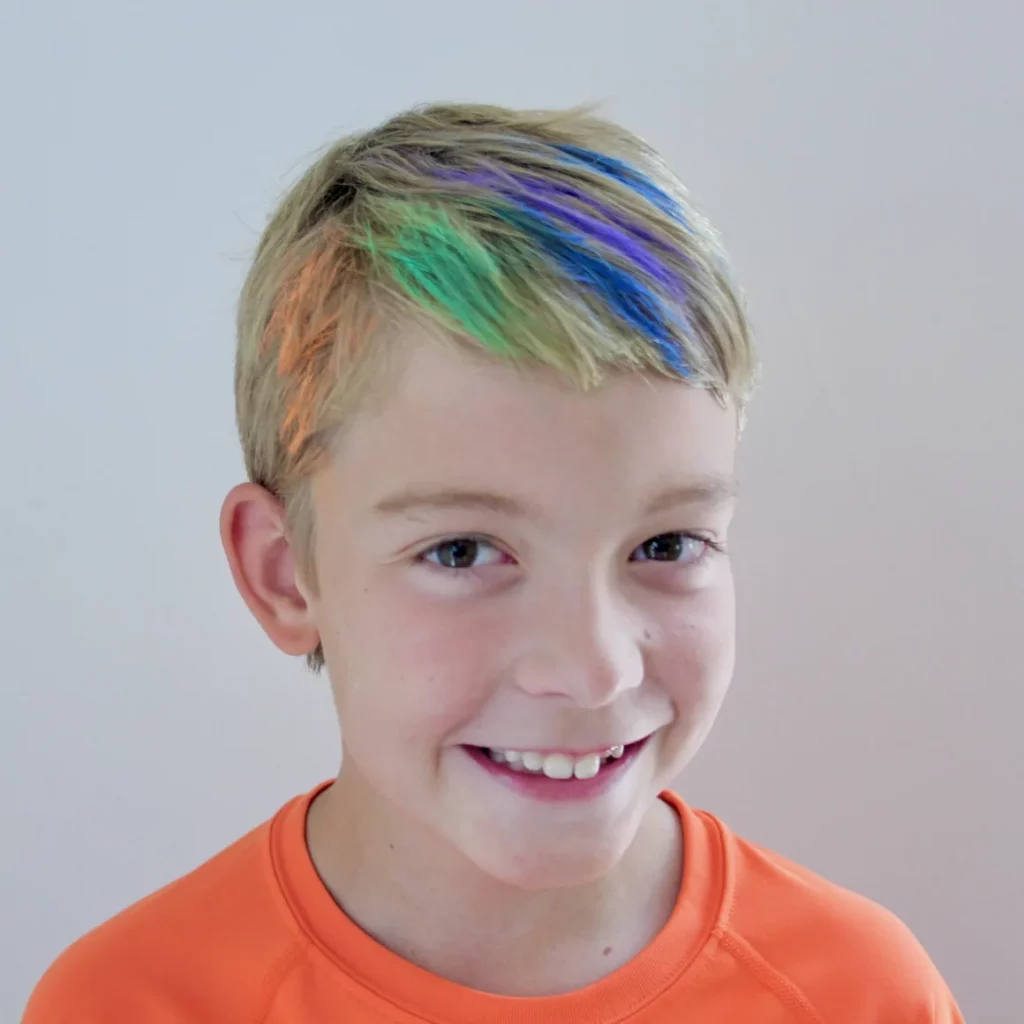
If you’re looking for something fun for the kids that’s safe and temporary, check out this hair chalk! It’s free from all of the nasties and will wash right out with your favorite shampoo when you’re done!
Conclusion
If you regularly dye your hair or have been considering whether or not you should do it lately, we hope this article has given you some good things to consider so you can make the best decision for you!
To get more tips and guides delivered to your inbox (along with more fun stuff!), sign up for Filtered Fridays.

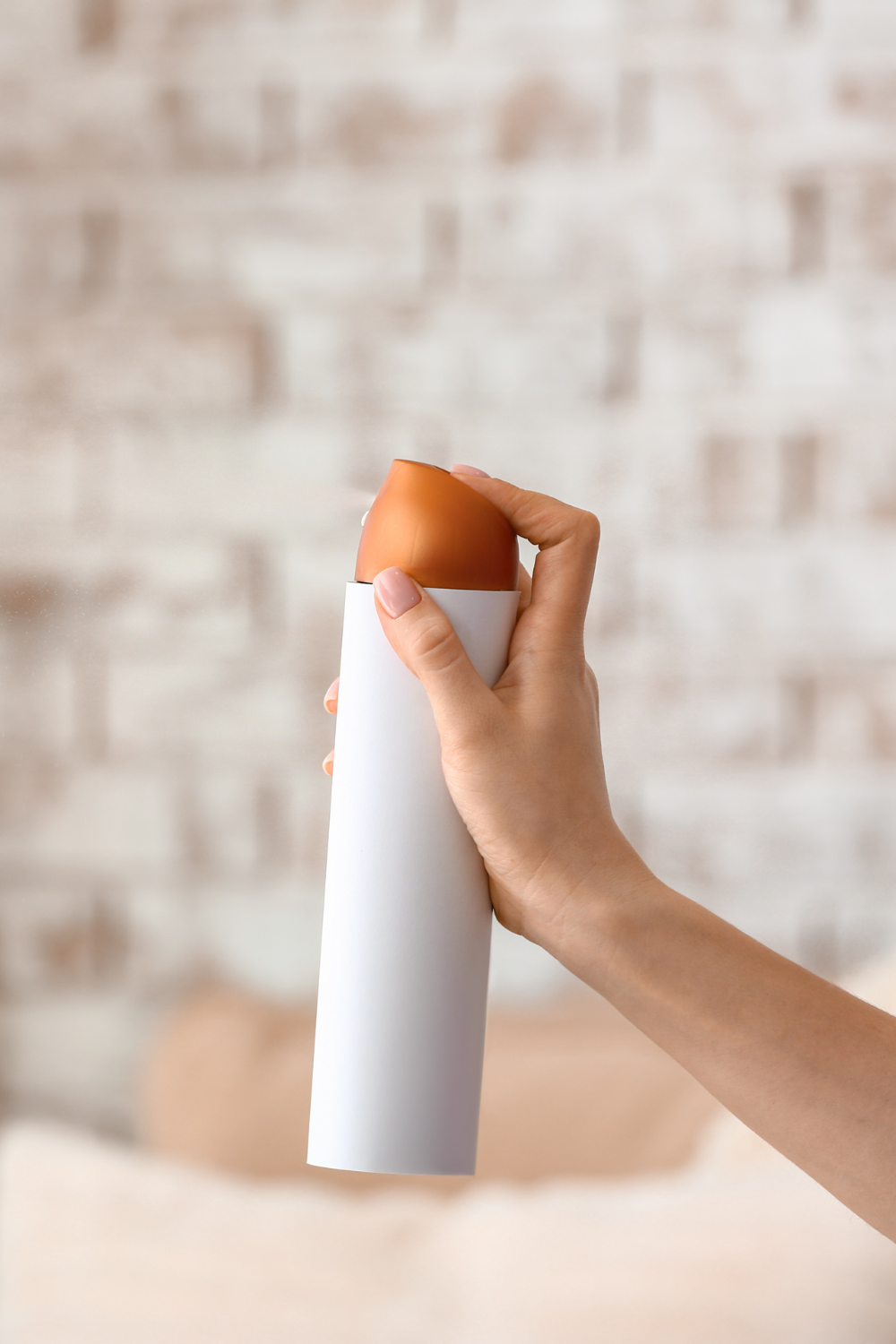

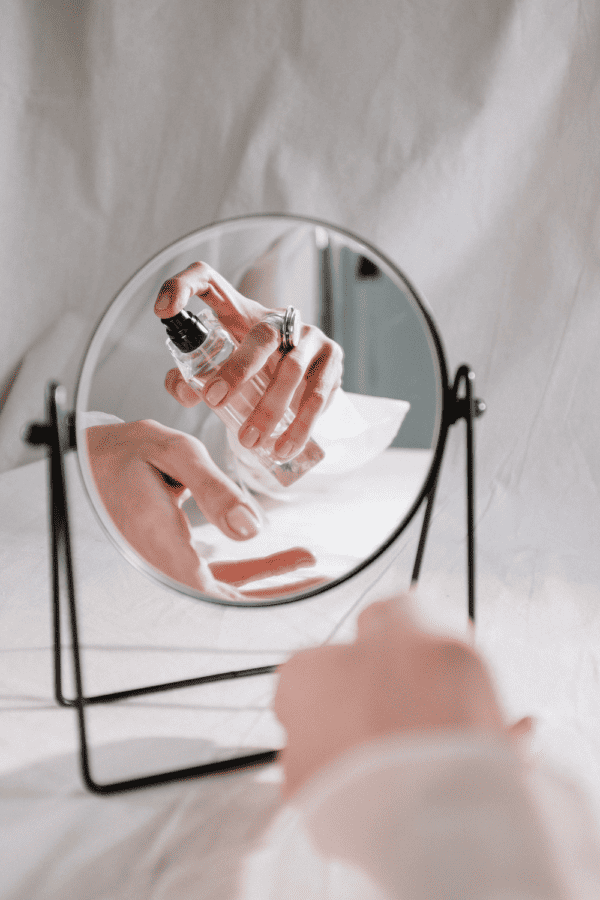
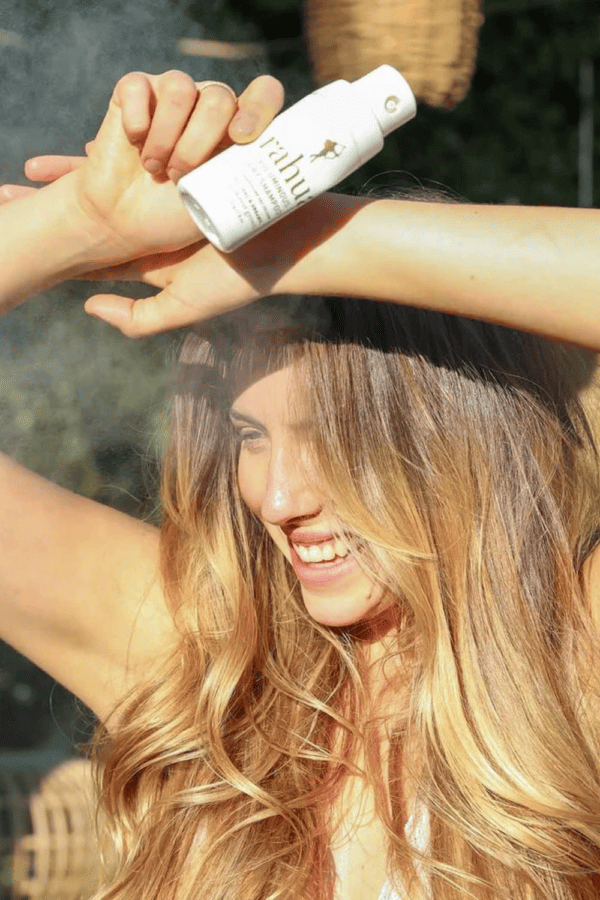
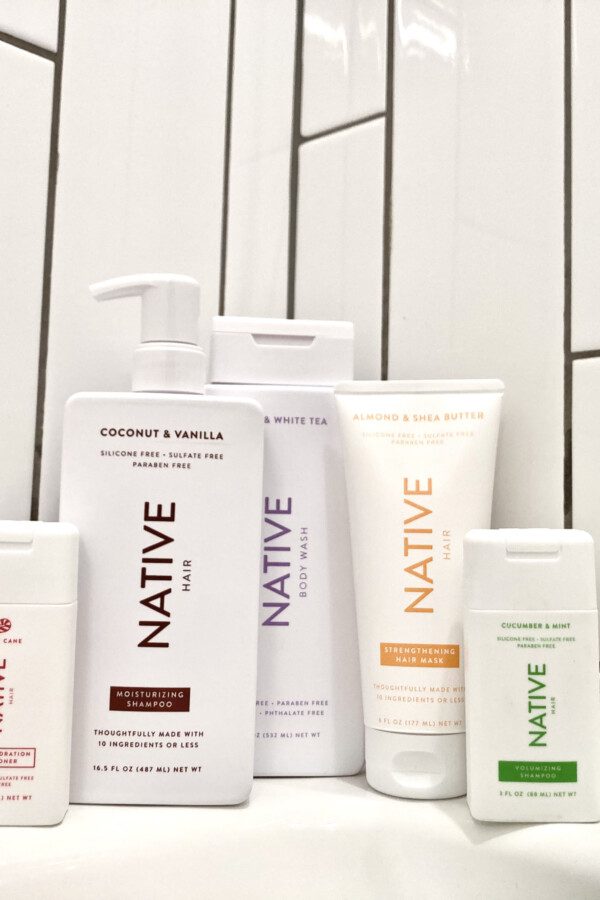
I dyed my daughter’s hair with Kool-Aid powder (the non-sweetened thin packet) mixed with boiled water and a tablespoon of vinegar. Think of it as a scented egg-dye – it’s basically food coloring with artificial flavors. I let the hot liquid cool just enough to be able to pour it safely into ziplock baggies and then tucked her hair into the baggies of “dye” for about 15 minutes. Her hair is naturally medium brown with blonde highlights. What she got from grape Kool-Aid and vinegar dye was a gorgeous mahogany with bright purple highlights… and it was absolutely permanent. Two years after that dye-job we finally cut the faded, but obviously colored tips off her hair. The first couple washes after the dye-job, her hair smelled like grape every time it got wet. The bath water turned purple a couple times, but it didn’t stain her skin. Even though the color changed as it faded, it was still a very pretty color and she got compliments on it every time she wore her hair down.
TL, DR – food coloring can be made to last a VERY long time without harsh chemicals – just boiling water and food-grade vinegar and applying it while the liquid is still quite hot can lock that color in permanently. Your results may vary.